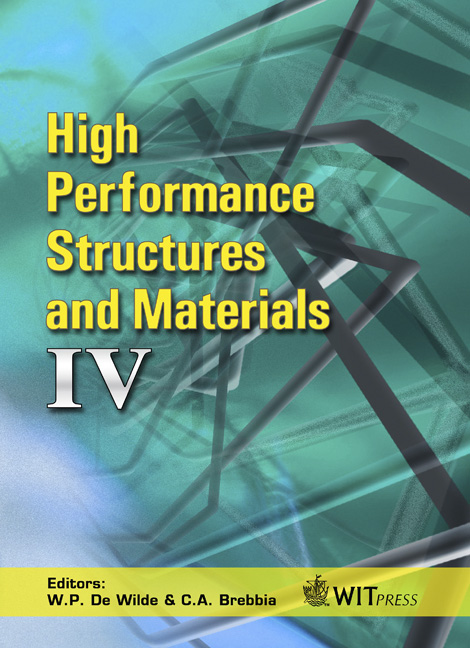Development Of Creep-resistant Magnesium Casting Alloys For High Temperature Automotive Applications
Price
Free (open access)
Transaction
Volume
97
Pages
10
Page Range
53 - 62
Published
2008
Size
2,612 kb
Paper DOI
10.2495/HPSM080061
Copyright
WIT Press
Author(s)
L. Han, H. Hu & D. O. Northwood
Abstract
The low specific gravity of magnesium has made Mg-alloys attractive for automotive and aerospace applications. Conventional Mg casting alloys have been based on the Mg-Al system with additions of Zn, Mn or Si, e.g. AZ91 alloy (Mg-9.0Al-1.0Zn, wt.%). Such alloys, which have good castability, mechanical properties and corrosion resistance, are widely used in the automotive industry. However, due to the rapid degradation of the mechanical properties at elevated temperatures, especially the creep resistance, application of these alloys has been limited to specific components that operate at temperatures below 150 oC. New creep-resistant Mg casting alloys are required for application as transmission cases (temperatures up to ~175 oC), engine blocks (~250 oC) and pistons (~300 oC). The development of such high performance creep-resistant alloys requires the development of microstructures in the cast alloy that both prevent grain boundary sliding and restrict the motion of lattice dislocations within the primary α-Mg grains. The development of Mg-Al-Ca casting alloys is described where Ca-containing eutectic phases are precipitated along the grain boundaries and where dislocation motion within the grains is restricted due to solid solution hardening and the presence of dispersed nanoscale eutectic phases Keywords: magnesium alloy, calcium addition, creep resistance, solid solution hardening, dispersion hardening.
Keywords
magnesium alloy, calcium addition, creep resistance, solid solution hardening, dispersion hardening.





